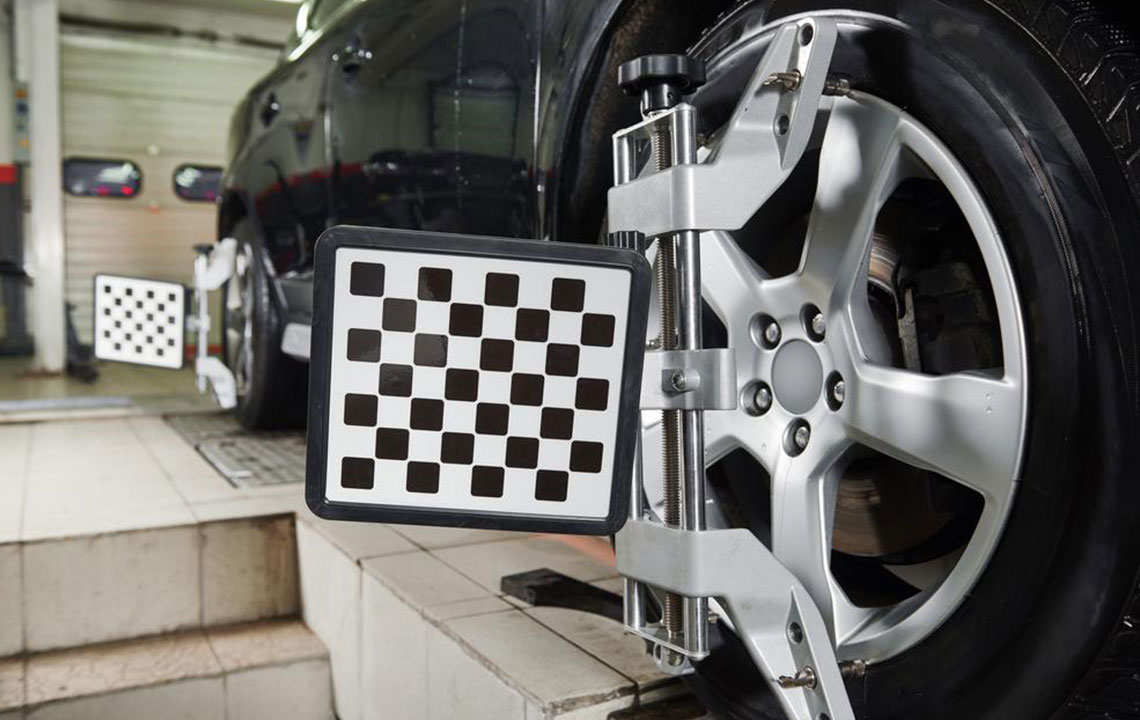Understanding Vehicle Wheel Alignment: Types and Benefits
Proper wheel alignment is crucial for vehicle safety, fuel efficiency, and tire longevity. This article explores the main types of alignment—front-end, thrust angle, and four-wheel alignment—and highlights their importance in maintaining optimal vehicle performance and safety.
Sponsored

Wheels misalignment can significantly impact your vehicle's performance and safety. Common causes include hitting potholes, curbs, or normal tire wear. Signs of poor alignment include the vehicle pulling to one side and uneven tire wear, leading to increased fuel consumption and potential safety hazards. Regular alignment checks can prevent costly repairs and extend tire life.
Front-end alignment focuses on the front wheels being parallel to the vehicle's centerline, adjusting toe-in or toe-out as needed. It varies with vehicle type, suspension, and drive system.
The thrust angle ensures the rear and front wheels are aligned correctly, promoting safe and fuel-efficient driving. Misalignment here can cause uneven tire wear and handling issues.
Four-wheel alignment is suited for vehicles with independent suspension or four-wheel drive, aligning all four wheels to prevent wear, improve handling, and enhance driving efficiency.





